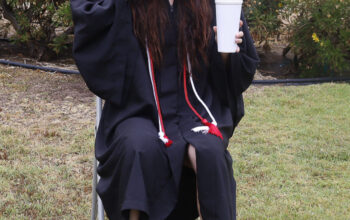Despite the shift to online learning, many students still haven’t attended a virtual class, according to a survey conducted by Common Sense Media.
Students who are taking virtual classes have reported less engagement because they lack the motivation to perform schoolwork in quarantine.
Professors should consider incorporating synchronous learning techniques into their virtual classrooms.
Since synchronous learning forces students to join classroom sessions in real-time, this allows them to communicate and collaborate with others just as they would in a classroom setting. The only difference being it takes place virtually.
Peer discussions at the moment consist of commenting on a classmate’s post on Canvas, in a robotic way, for participation points. This can negatively instigate the feeling of loneliness.
According to Psychology Today, loneliness has proven to be detrimental to an individual and can impact irritableness and depressive behavior.
Social interaction can change this, even if it is done through a camera during synchronous learning.
This will allow students to be part of a community. It will remind them that they are not alone since others are most likely experiencing similar emotions to them.
Synchronous learning will also be helpful to teachers.
Since students will be attending a live session, attendance would be more manageable to record. This is better than how teachers are currently grading participation by the amount of hours a student spends in a Canvas course shell.



